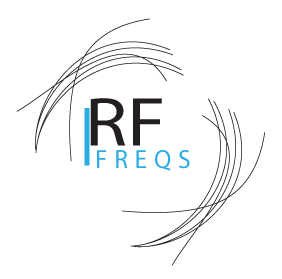
How Cellular DAS is improving Healthcare
Healthcare is being fundamentally changed by technology, and not just in the kinds of care that doctors can now provide. More and more, doctors and other healthcare providers are relying on their cell phones as a communication tool while they are practicing. So much so that many healthcare facilities are adopting bring-your-own-device policies.
Many Doctors and Hospitals are using their smart phones for more than voice calls and text messages. They have embraced the power of mobility and are using their devices to collect patient data. They are using them to research drug information. They are becoming critical tools for patient care. So what happens if they are suddenly unavailable?
So if healthcare workers are increasingly reliant on smart phones to do their job but are also struggling with connectivity, it has to be affecting patient care. The question then is how do you ensure that needed connectivity?
You do it with the right technology, specifically a distributed antenna system that can provide reliable indoor wireless connectivity. But what should you look for in a DAS solution?
Fiber-based: DAS are either fully fiber-based, using only fiber optic cable from the system’s head end all the way out to the antenna, or they are hybrid systems, using fiber in the first stage (usually in the vertical risers) and running large (1/4”-1/2”) coaxial cable horizontally out to the antenna. Finding a solution that uses exclusively fiber cabling is important because it makes for an installation that’s both lower cost and less disruptive to your day to day.
Full-spectrum: The right DAS solution will be able to amplify all the major carrier frequencies from day one. Many DAS providers are able to amplify only one set of frequencies at a time. So, if you want to amplify the frequencies used by one carrier, you can do that. If you wanted to add the frequencies of another carrier you have to purchase additional equipment. Some solutions, don’t require an additional major hardware investment to add frequencies or operators. When you are ready to support new frequencies all that may be required is some minor engineering adjustments.
Future-ready: The way we communicate is changing. The desk phone is dying. The pager is disappearing from healthcare. We are becoming more dependent on the connectivity that mobile technology provides. Things like the Internet of Things and machine-to-machine communications are set to revolutionize industries. But many of those technologies require connectivity to operate. With the right DAS solution, you can have the infrastructure you need to support that technology when it’s ready to be implemented.
Unreliable connectivity is a problem, and as physicians and other healthcare workers become more reliant on their cell phones and other wireless devices such as tablets as vital resources to do their jobs, solving this problem is going to be more critical.
RF Freqs is a professional DAS integrator providing turn-key solutions to the Healthcare industry.

No Comments
Sorry, the comment form is closed at this time.